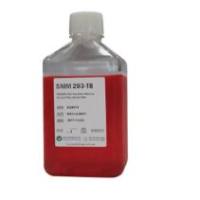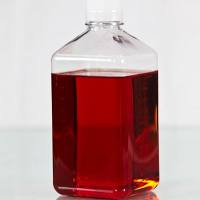Chiral Separation by Capillary Electrophoresis in Nonaqueous Medium
互联网
互联网
相关产品推荐

SIM SF Expression Medium (For SF9, SF21)(Serum free) | SIM SF 细胞培养基 (用于SF9, SF21细胞)(无血清)
¥450

Recombinant-Human-Anthrax-toxin-receptor-2ANTXR2Anthrax toxin receptor 2 Alternative name(s): Capillary morphogenesis gene 2 protein; CMG-2
¥12838
![(S)-2-chloro-5,6,7,8,9,10-hexahydrocyclohepta[b]indole-6-carboxaMide;848193-72-6;≥97% (chiral, HPLC);V10653-1mg](https://img1.dxycdn.com/p/s14/2025/1027/131/2990871289947862891.jpg!wh200)
(S)-2-chloro-5,6,7,8,9,10-hexahydrocyclohepta[b]indole-6-carboxaMide;848193-72-6;≥97% (chiral, HPLC);V10653-1mg
¥1700

SMM 293-TII Expression Medium (Serum free, complete medium) | SMM 293-TII 细胞培养基 (无血清, 完全培养基)
¥650

SMM 293-TIII Expression Medium (Serum-free, chemical defined)
¥650
相关问答

